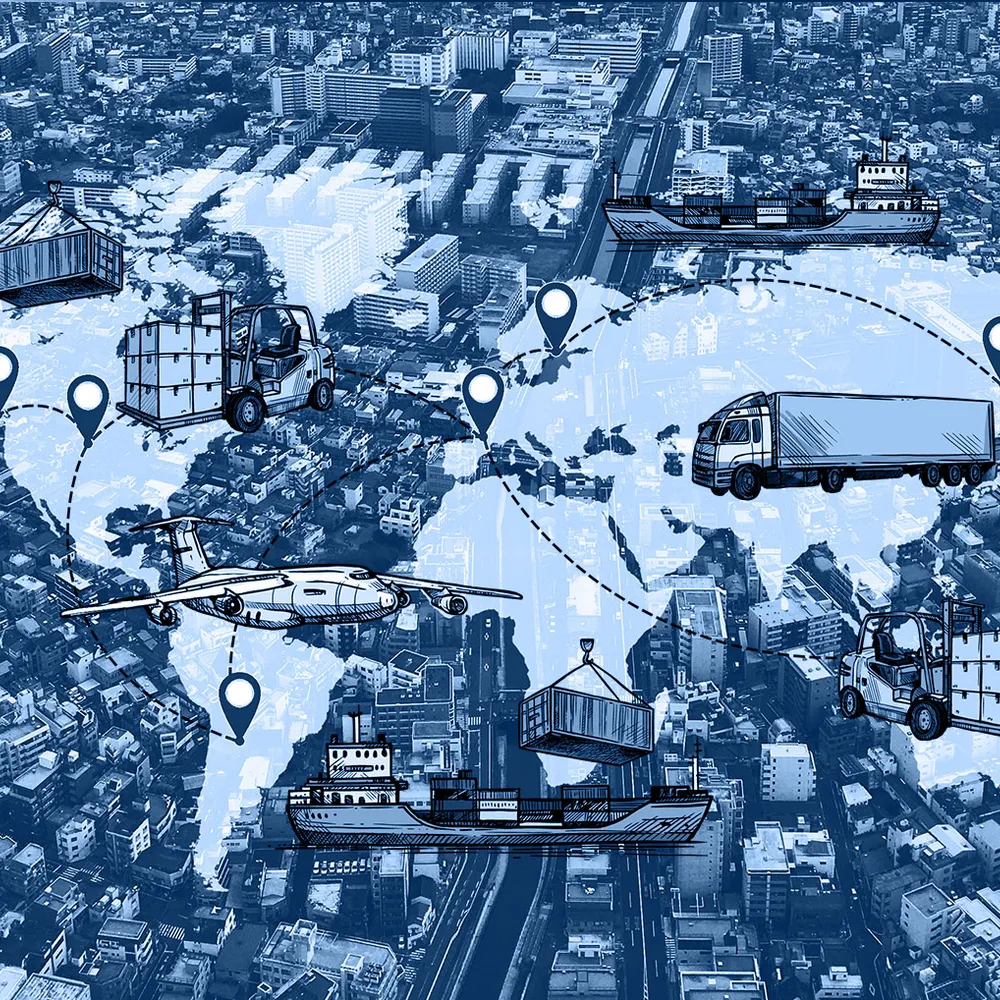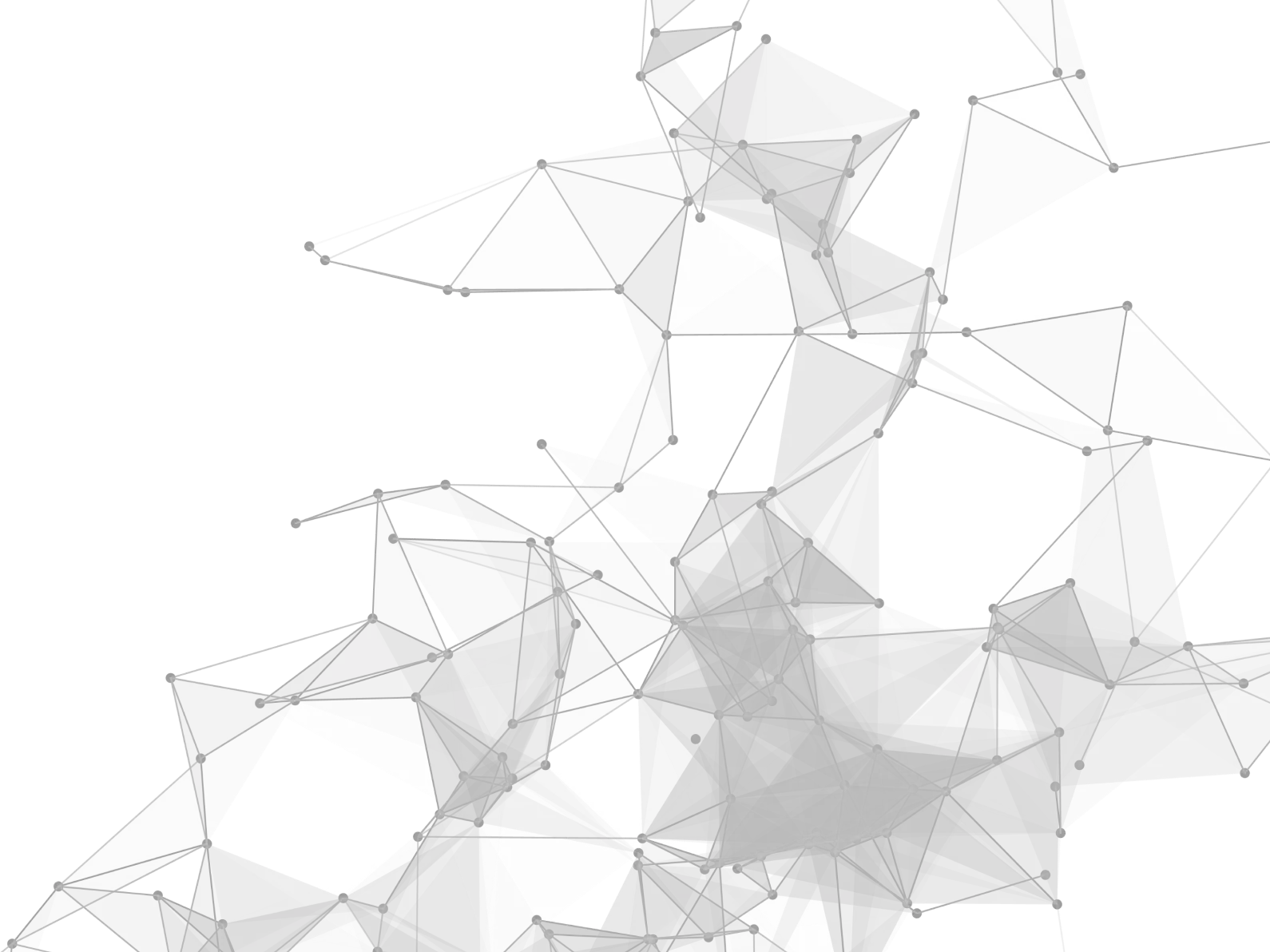From past to present, companies have developed various methodologies to ensure optimum supply of materials and services. These methodologies can be seen in systems such as software systems, e-procurement, e-purchasing, e-commerce systems used by companies. What needs to be understood before examining these systems is the differences between sourcing and purchasing. Although these two processes seem to be basically similar or intertwined, there are some distinctive differences.
What is procurment
Procurement encompasses end-to-end supply chain management in the process of purchasing bulk products or services. Supply chain management is the completion of sourcing strategies, contract management, acquisition of products or services according to contract clauses.
While the purchasing process only includes issues such as price, delivery and availability, sourcing is a long-term business strategy that works by comprehensively addressing the conditions that affect purchasing. A comprehensive procurement process includes:
- Identification of material, labor or service needs and supply planning,
- Planning for tender or bid collection,
- Sharing the tender or bid collection request for the purchasing process with potential suppliers,
- Collection of bids, realization of the tender and analysis of the results,
- Selecting the most suitable suppliers for the process,
- Conducting effective termination negotiations with selected suppliers,
- Contract management and logistics planning,
- Submission of purchase confirmation,
- Procurement of materials, labor or service,
- Inspection of material, workmanship or service,
- Invoicing, confirmation of invoice and payment
What is purchasing
Purchasing is the payment for commercial supplies or services as a simple shopping process. This process is generally preferred in small and medium-sized businesses. This process continues in the form of opening the order, contacting the supplier, payment, supplying the material or service, and invoicing. A comprehensive purchasing process includes:
- Determining the product or service to be purchased,
- Sharing the quotation request with the suppliers,
- Evaluation of offers,
- Identification of the purchase order and realization of the payment transaction in line with the payment terms,
- Supply of materials or services,
- Inspection of material or service,
- Payment and billing.
Scopes separate the procurement process and the purchasing process. The procurement process is long-term and the purchasing process is short-term. While the procurement process examines the strength and quality of the products in detail, the purchasing process is more price-oriented. In the procurement process, the focus is on issues such as supplier capacity, risk analysis, expenditure control, and business ethics. In the purchasing process, the focus is on issues such as price, quantity, time and lead time. Purchasing is a part of the procurement process.





